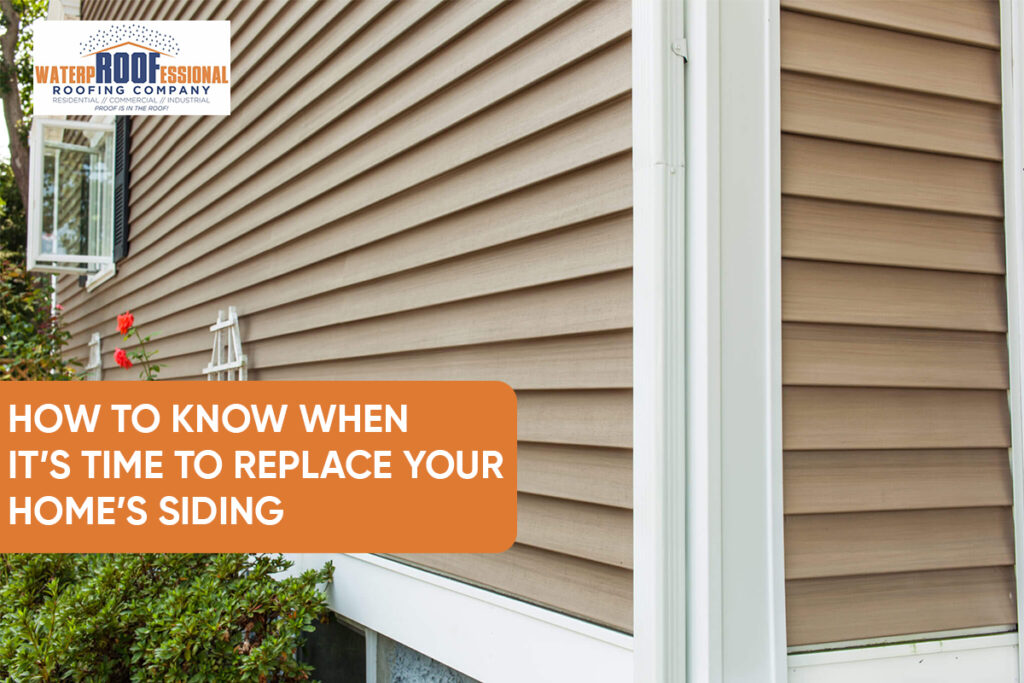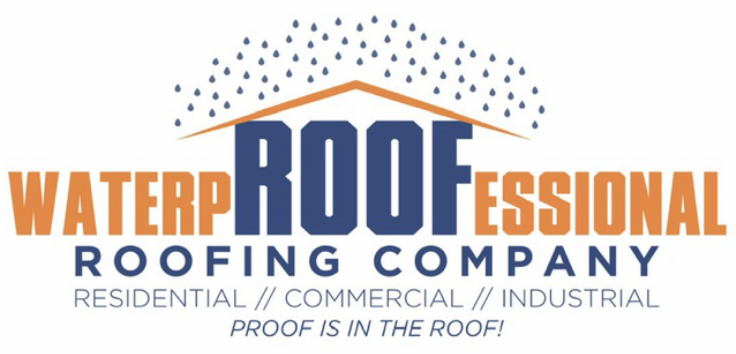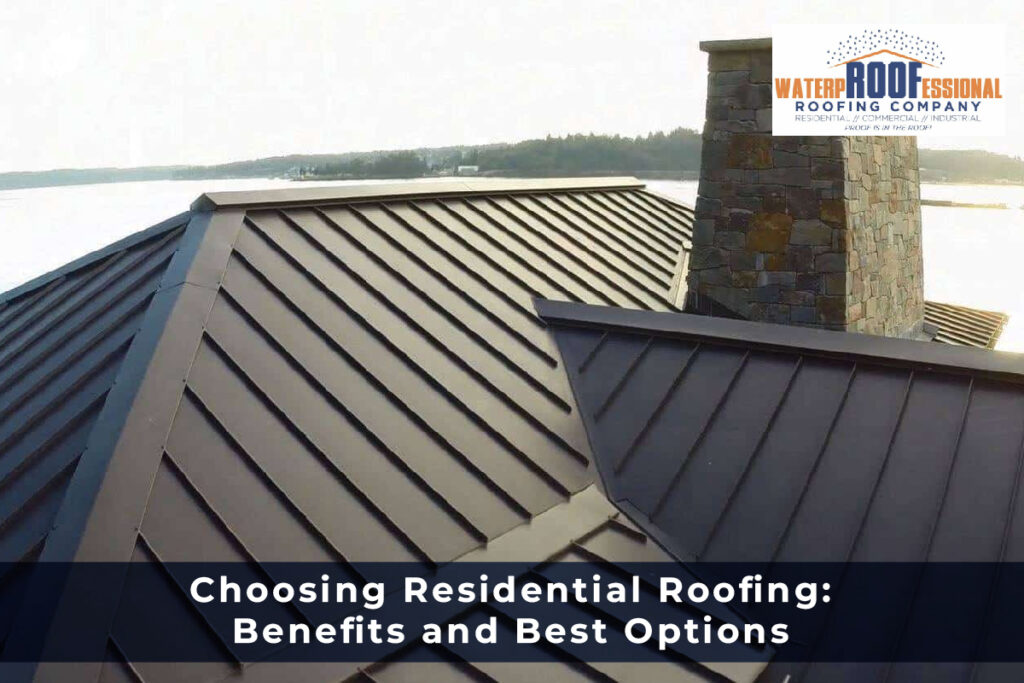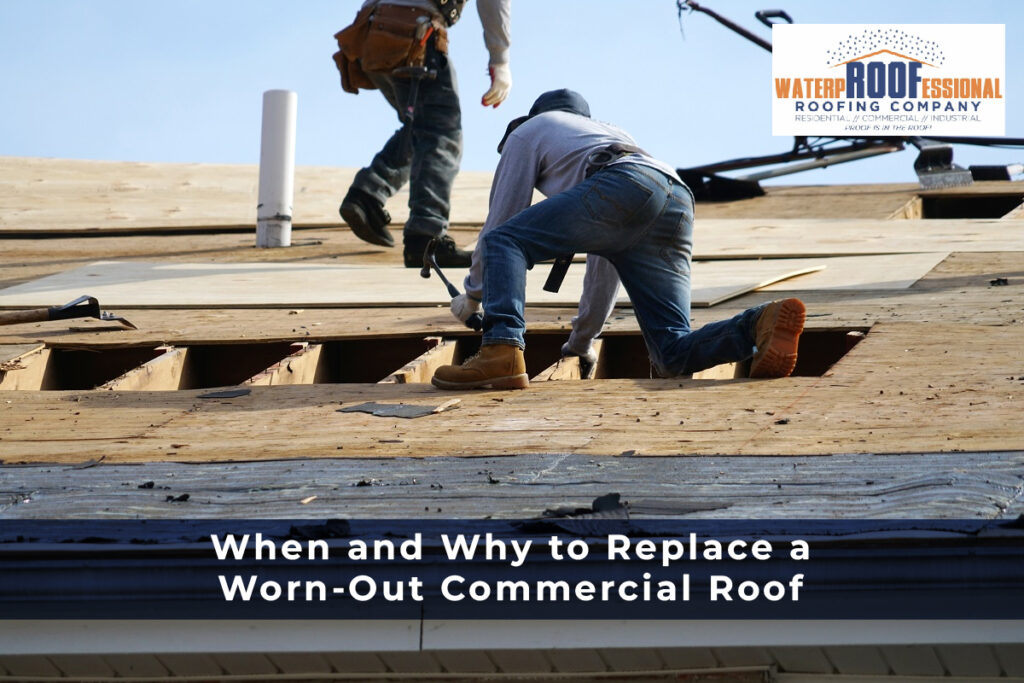We all know siding does more than just make your house look pretty—it’s your home’s first line of defense against the elements. Over time, even the best siding can show signs of wear and tear. But how do you know when it’s time for a siding replacement? That’s what we’re diving into today. Whether you’re a first-time homeowner or you’ve been in your house for years, recognizing early warning signs can save you thousands in repair costs. Let’s break it all down in a clear, helpful way, so you know exactly what to look out for and when to take action.

Cracks, Warping, and Holes
Visible damage is one of the most obvious signs your siding needs replacing. If you see cracks, holes, or warping, don’t ignore them. These imperfections may look minor at first, but can let moisture in, leading to mold, rot, or interior wall damage. Often, one damaged panel can indicate deeper issues behind the siding.
Especially with older homes, this kind of damage tends to snowball. Vinyl siding replacement is typically more cost-effective than repeated patch jobs. And if you’re seeing multiple damaged spots, it’s time to call siding replacement contractors for a thorough evaluation.
Bubbling or Blistering Surface
If your siding looks like it has bubbles or blisters under the surface, that’s a big red flag. This usually means water or excessive heat is trapped under the material. Neither is good news.
This issue often pops up with low-quality or aging siding materials. It’s a clear signal that your home’s protective layer has been compromised. Acting fast with a full siding replacement can save your underlying structure from more expensive problems.
Fading and Discoloration
Let’s talk curb appeal. While color fading may seem purely cosmetic, it’s also a warning sign that your siding is wearing out. Most siding is designed to maintain its color for a specific number of years—if it’s faded, it might also be losing its structural integrity.
If you notice that your once-vibrant siding looks washed out or patchy, it’s time to look into vinyl or fiber cement siding replacement options. Updated siding boosts property value and keeps your home looking fresh.
Rising Energy Bills
Have you noticed your heating or cooling bills creeping up? Your siding might be to blame. Worn or damaged siding lets in drafts, forcing your HVAC system to work harder. That translates to higher energy bills and a less comfortable home.
Good siding acts as insulation. So, if you’ve ruled out windows and roofing as the culprit, don’t overlook the walls. A professional siding inspection can identify hidden energy leaks. The cost of siding replacement often pays for itself in long-term energy savings.
Interior Wall Damage
Surprisingly, your interior walls can reveal a lot about your siding’s condition. If you see peeling paint, sagging wallpaper, or soft drywall, it might not be your interior’s fault.
These symptoms can signal that water is making its way through compromised siding. It’s a sneaky problem, but one that can cause serious long-term damage. Siding replacement companies can assess both exterior and interior issues to recommend the best solution.
Mold, Mildew, and Fungus
No one wants to see green or black growth on their home. Mold and mildew aren’t just ugly—they’re unhealthy. They often grow in damp environments where siding is trapping moisture instead of repelling it.
If you notice these problems around seams or joints, it’s time to investigate further. Fiber cement siding replacement is an excellent option since it resists moisture buildup better than traditional materials.
Loose or Missing Panels
When siding panels start falling off or won’t stay attached, it’s more than just an eyesore. It’s a structural problem that can quickly escalate. Panels may become loose due to aging materials, storm damage, or poor installation.
This is one of those issues that can’t wait. The longer you leave it, the more your home is exposed to weather, pests, and mold. A quick search for “siding replacement near me” can connect you with trusted local pros who can get the job done right.
Increased Maintenance
Are you constantly repairing or repainting your siding? That’s a sign it’s nearing the end of its life. Maintenance shouldn’t be a monthly chore. Modern siding materials are designed to be low-maintenance and long-lasting.
Siding replacement cost can vary, but consider the time, money, and effort you’re spending on temporary fixes. Often, investing in new siding ends up being the smarter and more cost-effective decision.
Final Thoughts
Don’t wait for a full-blown disaster to address your siding issues. Your home’s exterior is too important to overlook. From saving energy to boosting curb appeal, siding plays a crucial role in home health. Use the warning signs in this guide to assess your current setup and make informed decisions.
If you’re unsure where to start, connect with a trusted team like WaterProofessional or explore expert resources like their siding installation services in Champaign, IL. You can also find helpful insights from their blog on successful house siding installation.
FAQs
Can I replace siding in just one area?
Yes, spot repairs are possible, but they may not match the original siding. If damage is widespread, a full replacement is recommended.
What’s the most durable siding material?
Fiber cement and engineered wood are both extremely durable. They resist weather damage and require less maintenance.
How long does siding typically last?
Vinyl siding lasts about 20–30 years, while fiber cement can last up to 50 years with proper maintenance.
Do I need a permit to replace siding?
In most cases, yes. Always check with your local municipality or consult siding replacement contractors to ensure compliance.




